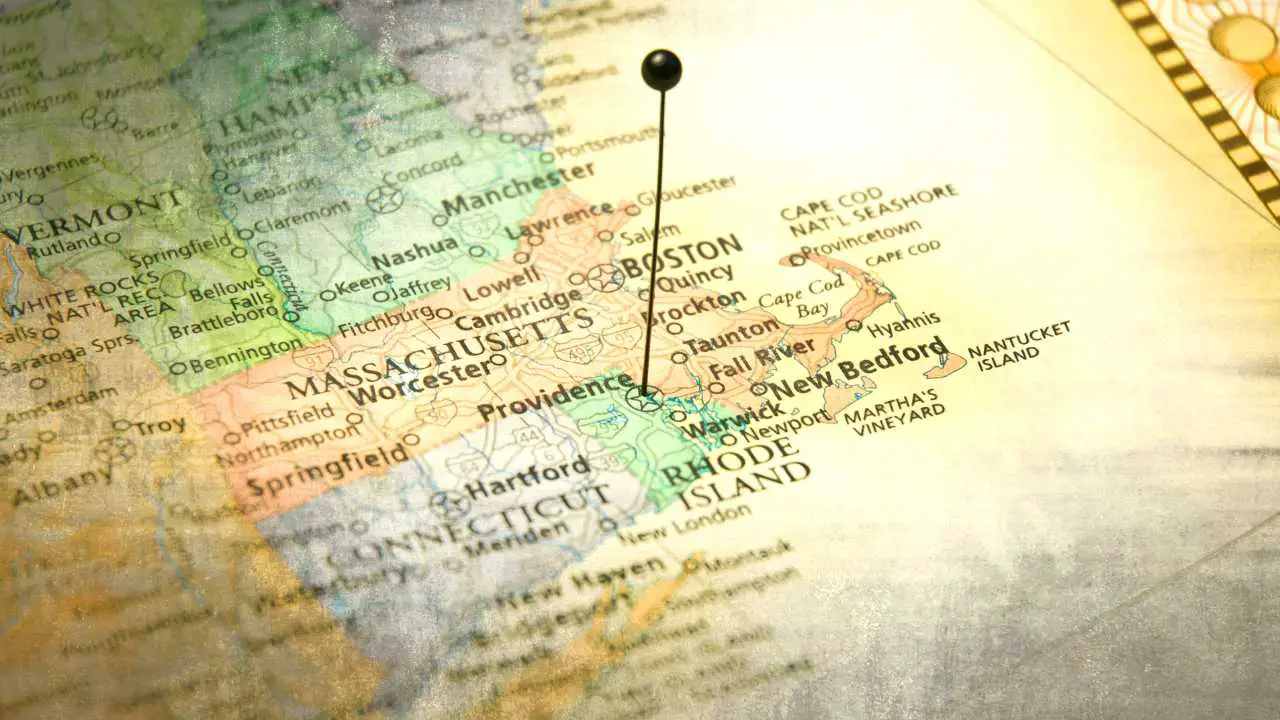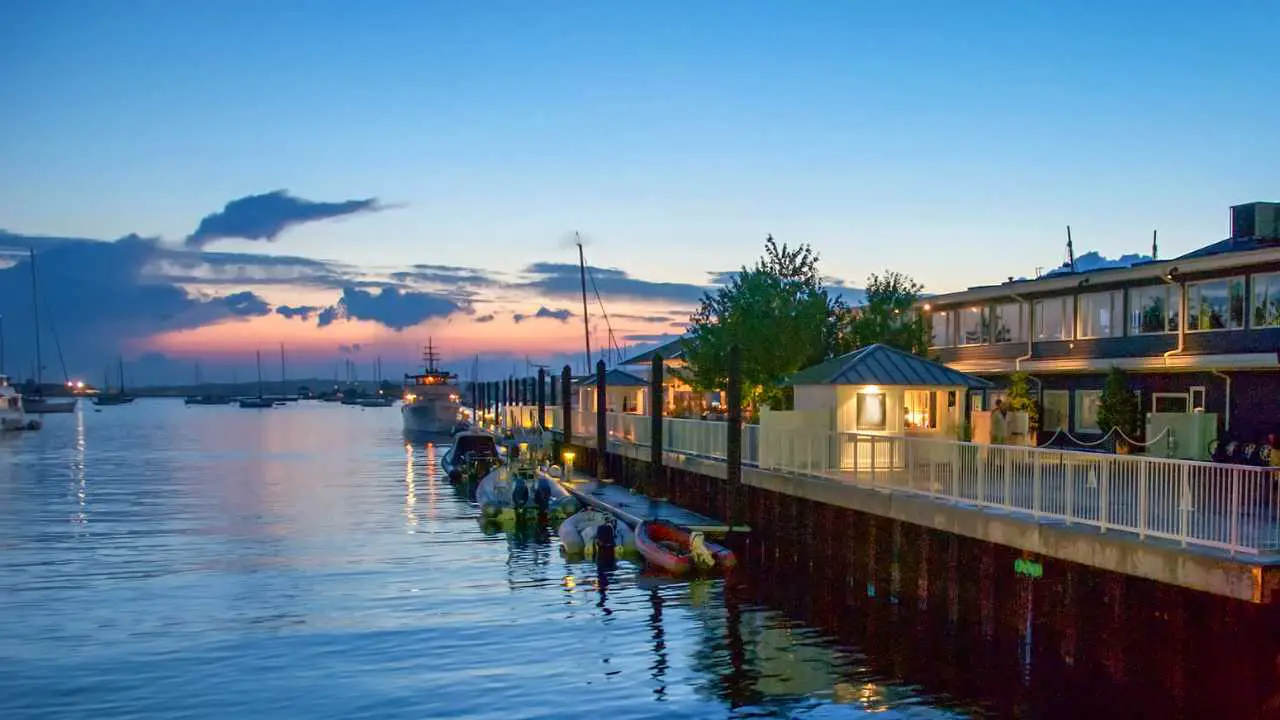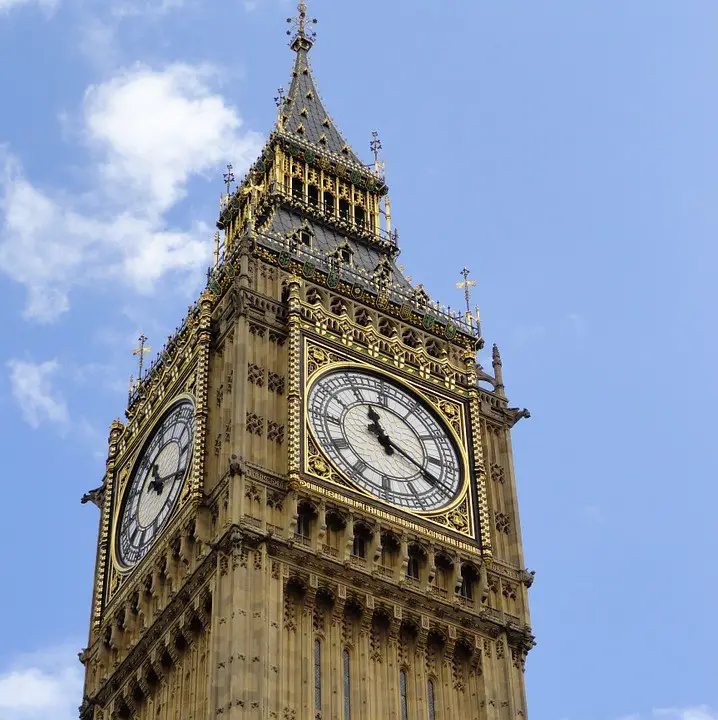Rhode Island is the smallest state in the US but packs a lot within its small dimensions. Despite being tiny, it holds diverse landscapes, vibrant cities, and historical treasures. This compact state allows for easy exploration of its coastal beauty and cultural attractions within a short distance. Even though it’s small on the map, Rhode Island offers a lot to see and experience, making it an appealing destination for its size and the variety it brings to visitors and residents alike.
How Wide Is Rhode Island?

Rhode Island stretches about 37 miles from north to south and approximately 48 miles from east to west. It is about 60 kilometers wide. It is the smallest state in the United States. Its total area covers roughly 1,214 square miles (3,145.26 square kilometers). It is compact but full of diversity.
Despite its size, Rhode Island encompasses many attractions, from a stunning coastal view along the Atlantic Ocean to historical landmarks and vibrant urban centers like Providence and Newport. This condensed state facilitates easy exploration and access to its various offspring. Rhode Island is a treasure trove for visitors and residents seeking an excess of experiences within its confined yet captivating boundaries.
Rhode Island size comparison to other states.
Rhode Island is the smallest state in the United States in terms of land area. Here’s a size comparison with some other states:
| State | Land Area (Square miles) |
| Rhode Island | 1,214 |
| Alaska | 663,267 |
| Texas | 268,596 |
| California | 163,696 |
| Montana | 147,040 |
| Florida | 65,757 |
| Arizona | 113,990 |
| Georgia | 59,425 |
| New York | 54,556 |
How long does it take to drive across Rhode Island?
It usually takes about an hour to drive across Rhode Island from one end to the other because it is small, around 37 miles from north to south and 48 miles from east to west. The interconnected roadways and highways allow for efficient travel, enabling visitors and residents to access different regions and attractions within a short period.
When did Rhode Island Become Part of the United States?
Rhode Island became a part of the United States on May 29, 1790, after initially resisting confirming the U.S. Constitution. It was the last of the original thirteen colonies to join the Union. After securing guarantees for individual liberties and rights, Rhode Island finally ratified the Constitution and became the 13th state to enter the United States.
Is Rhode Island the smallest state in America?

Yes, Rhode Island holds the distinction of being the smallest state in the United States. With an area of approximately 1,214 square miles. It is located in the New England region of the northern-eastern United States and is known for its small size and dense population. Despite its size, Rhode Island has a rich history and is often referred to as the “Ocean State” because of its extensive coastline along the Atlantic Ocean.
Why is Rhode Island so small?
Rhode Island is mainly small because of its colonial history and how its borders were established. The early settlers peacefully acquired land from Native American Tribes, shaping the state’s compact size. The geography of the region also influenced its relatively small land area. Rhode Island’s size has contributed to its close communities and unique identity.
What is bigger than Rhode Island?
Rhode Island is the smallest state in the U.S., it is suppressed in size by countries, states, cities, and geographical features globally. Countries like the United States, Canada, and China, along with U.S. states such as Texas, overshadow Rhode Island in land area. Major cities like New York City and Tokyo exceed it both in population and size. Geographical features like the Great Lakes, the Mississippi River, and the Rocky Mountains are much larger in scale. Even Islands like Greenland and Australia surpass Rhode Island. This size comparison highlights the state’s compact nature in the broader context of global geography.
How is Rhode Island different from other large states?

Rhode Island differs from larger states in several ways, primarily due to its small size and unique historical and geographical characteristics
- Size: Rhode Island is the smallest state in the U.S., in contrast to larger states like Texas, Alaska, and California. Its compact size influences factors such as travel time and the overall scale of infrastructure.
- Density: Despite its small land area, Rhode Island has a relatively high population density. This density contributes to a more urbanized and interconnected social and economic environment compared to larger, more sparsely populated states.
- History: Rhode Island has a distinct colonial history, founded on principles of religious freedom by Roger Williams. This history has shaped the state’s culture and identity, setting it apart from larger states with different historical narratives.
- Economy: Rhode Island’s economy has historically been linked to maritime activities, trade, and industry. In contrast, larger states may have more diverse economies with significant contributions from agriculture, technology, and natural resources.
- Communities: The small size of Rhode Island fosters close-knit communities and a sense of interconnectedness. In larger states, communities may be more dispersed, and regional variations in culture and lifestyle can be more pronounced.
- Geography: Rhode Island’s coastal location has influenced its development and economic activities. Larger states, with diverse geographical features, may have more varied climates, landscapes, and natural resources.
Frequently Asked Questions about Rhode Island:
How wide is Rhode Island from east to west?
Rhode Island is approximately 37 miles wide from north to south and 48 miles from east to west.
What is the maximum width of Rhode Island?
Rhode Island’s maximum width is 37 miles from east to west. The state is relatively small compared to other U.S. states, and its compact size is a defining characteristic.
How long does it take to drive across Rhode Island?
The driving time across Rhode Island depends on the specific route and traffic conditions. On average, driving from one end to another might take around 45 minutes to an hour.
What are the geographical boundaries that determine the width of Rhode Island?
Rhode Island’s width is defined by its border with Massachusetts, Narragansett Bay to the east, and the Atlantic Ocean to the south, spanning around 37 miles from west to east.
How does Rhode Island’s width compare to other states?
Rhode Island is the smallest state in the U.S., so its width is considerably smaller than that of most other states. For comparison, some western states are several hundred miles wide.
What is the distance across Rhode Island at its widest point?
The distance remains relatively constant across the state, and there isn’t a significant variation in distance from one point to another.
Can you easily drive across Rhode Island due to its width?
Yes, it’s easy to drive across Rhode Island because it’s only about 37 miles wide, making the journey relatively short and straightforward.
What is the width of Rhode Island’s coastline?
Rhode Island has a relatively long coastline compared to its land. The width along the coastline varies but is roughly between 30 to 40 miles.
Are there notable geographical features along Rhode Island’s width?
Yes, Rhode Island’s width features notable landmarks like Narrengset Bay and the Atlantic Ocean, along with cities like Providence, adding to its diverse geography.
How does Rhode Island’s width impact transportation within the state?
Rhode Island’s small width makes transportation efficient and quick. Traveling from one end to the other is fast, aiding easy access to different parts of the state.










